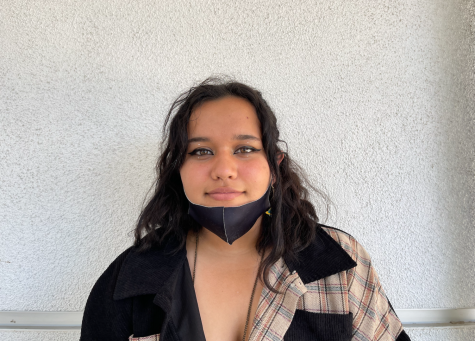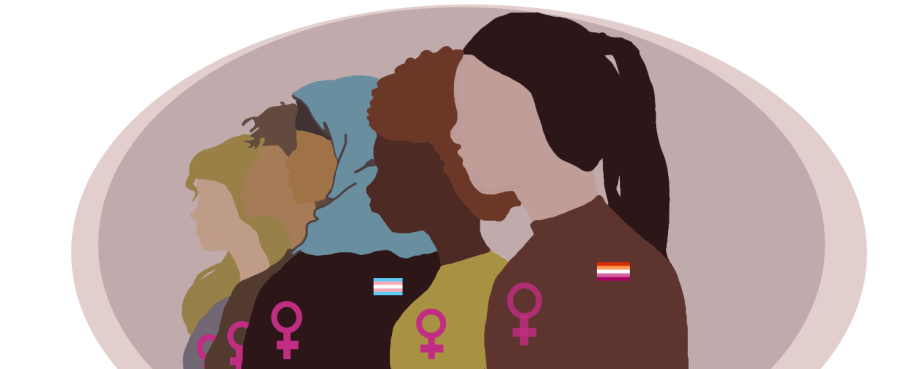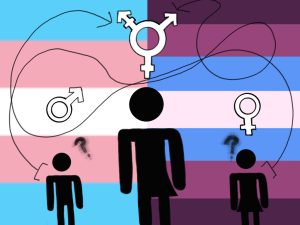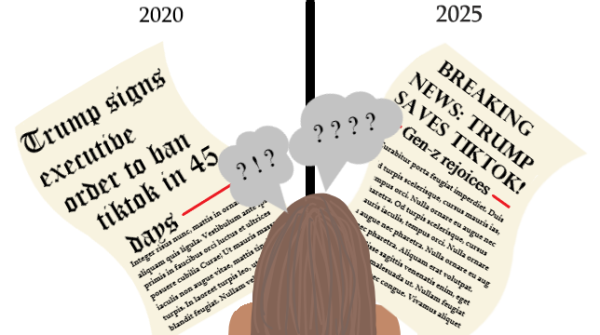The importance of Women’s History Month
In 2022, the representation of women grows as Women’s History Month progresses. The celebration of Women’s History Month is imperative to the progression of gender equality.
Every March, Women’s History Month is celebrated by highlighting the contributions of women in historical events and contemporary society. Equality and inclusion for all genders are topics of great discussion in today’s world because of content in history classes. Are all genders equal? Am I and those before me correctly represented? Many women are found asking themselves these questions. There may never be a right answer, but there can be a faint idea. An idea spread throughout the world and more closely, school campuses. Has Bonita Vista High (BVH) progressed in the inclusion of women and men alike?
As time passes, BVH has been able to provide a space for students, staff and elective classes to be shown a new light for the involvement of women in society and gender equality. BVH provides an uncommon high school elective course, Women in American History taught by teacher Candice DeVore to provide more opportunities of inclusion and education for the BVH student body.
“We [Women in American History class] need to highlight women’s participation in history, in particular, because we as an [overall] educational system have not done that implicitly,” DeVore said.
DeVore is correct in this idea because there is an importance in educating and providing information that is not as commonly offered to students in history classes. The class takes the opportunity to share the knowledge and ideas of Women’s History Month to more students throughout the BVH campus. Moreover, the BVH student body has experienced a spread of action and celebration for Women in History.
Information on this subject has been included in the BVH Public Address announcements, a flier campaign and informational sheets have been posted around BVH. DeVore mentions that the Women in American History class is constantly planning more ways to celebrate the month on campus at a ‘larger scale.’ One being with google slides presentations shared to teachers to provide for their students.
ADL, an anti-hate organization uncovering truths and reaching users globally, mentions that Women’s History Month is an “excellent time to talk with students about gender stereotypes and bias, hail important women in history, discover more about women’s issues and their fight for equity.”
As discussion and celebration for Women’s History Month rises, there is a larger need for female role models acknowledged by BVH to encourage inspiration for students at school. Globally, many schools have changed to create an equal balance among all and have included women in ways they were not in the past. Women are offered more educational opportunities and are encouraged to enroll in many areas. A study by the World Bank, the world’s largest development institution, shows that globally, primary and secondary school enrollment rates for girls and boys have gotten closer to becoming equal; 90 percent male, 89 percent female.
“Girls’ education goes beyond getting girls into school. It is also about ensuring that girls learn and feel safe while in school; have the opportunity to complete all levels of education, acquire the knowledge and skills to compete in the labor market; gain socio-emotional and life skills necessary to navigate and adapt to a changing world,” according to the World Bank.
Bringing awareness to the great accomplishments women have made in history and current times can inspire many students worldwide and those of BVH. With these efforts, elective classes like Women in American History can change and spread perspectives. However, in doing so, there is also always room for improvement as the world continues to shift. There can be change in educational systems to bring more equality among students and knowledge on big topics such as women’s involvement in history. Teachers like DeVore provide a similar curriculum in order to support this involvement.
“The standards for history [from Kindergarten to twelfth grade] across the nation provides over 700 historical figures that are explicitly named that we have to teach. But of the over 700, only 178 of them are women and two of those are fictional women,” DeVore said.
Many educational requirements may not allow for an equal growth and empowerment of both genders, creating an image that women were not present when big decisions in history were made. DeVore discusses her feelings of disagreement with this image and states that there must be awareness of the “patriarchal notion” that women are not seen or their voices are not heard. She adds that the goal of the Women in American History class and Women’s History Month is to make it more visible to see representation of female historical figures and male historical figures alike.
The United Nations Children’s Fund states, “Gender-equitable education systems empower girls and boys and promote the development of life skills – like self-management, communication, negotiation and critical thinking – that young people need to succeed. They close skill gaps that perpetuate pay gaps and build prosperity for entire countries.”

Hey there! I'm Mayah Cerecer, and I'm a senior attending Bonita Vista High School. This is my first year on staff for the Crusader and my current position...









